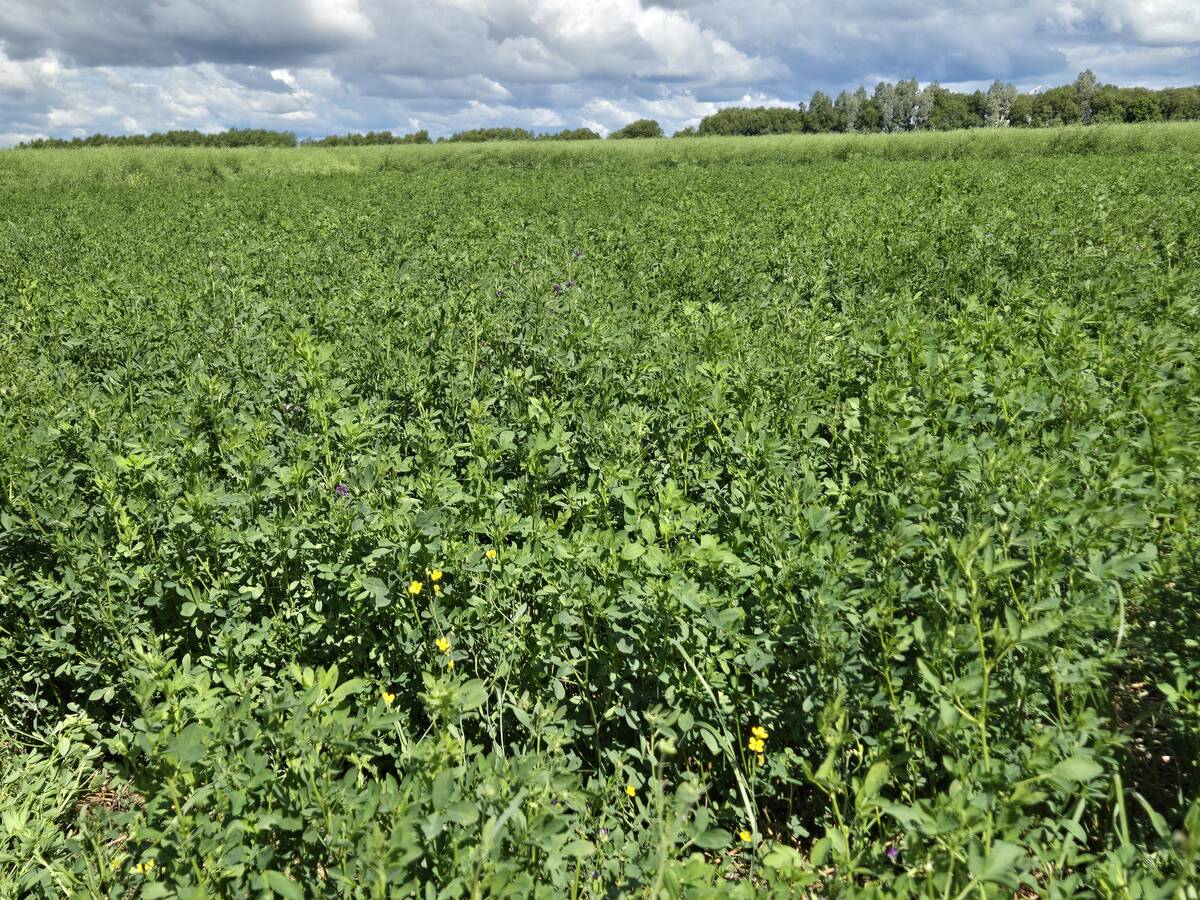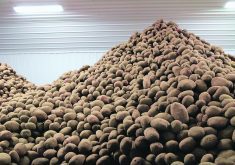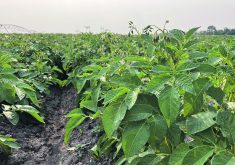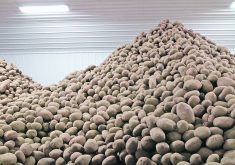Western Canadian farmers are expected to produce 48 percent of the country’s potato crop this year as yields boom
After several years of tight potato supplies in North America, growers on the Prairies and the western United States produced an excellent crop in 2023.
Acres and yields were both up in Alberta, and the province will set a record for potato production.
United Potato Growers of Canada has pegged Alberta’s production at 31.4 million cwt, which is an increase of 17 percent from 2022, thanks to strong yields and a jump in potato acreage.
“Last year (2022) we planted 73,500 acres. This year we planted close to 80,000,” said Terence Hochstein, Potato Growers of Alberta executive director.
Read Also

Manitoba Parkland research station grapples with dry year
Drought conditions in northwestern Manitoba have forced researchers at the Parkland Crop Diversification Foundation to terminate some projects and reseed others.
Potato yields in Alberta should be close to 395 cwt. per acre, which is above the five year average.
With the record production, Alberta is now the largest potato producer of any province.
Using United Potato Growers of Canada figures:
- Manitoba’s production is 28.3 million cwt.
- Prince Edward Island is around 26.3 million cwt.
- Canada’s potato crop is 127 million, up 3.3 percent from 2022.
If the 28.3 million number is correct, Manitoba will also set a record for potato production. The province’s output was 22 to 26 million cwt of spuds from 2016-22, which represent a larger shift in Canada’s potato industry.
Potato processing firms, such as Cavendish Farms, McCain Foods and Simplot, have invested billions into new french fry plants and expansions in Alberta and Manitoba.
Those investments have boosted contracted acres, making Western Canada the centre of potato production in the country. The Prairies will produce about 48 percent of Canada’s potatoes in 2023, compared to 34 percent from the Maritimes.
Western Canadian processors should have sufficient potatoes to make french fries and frozen potato products in 2024.
“More than enough. I’ve got extra,” Hochstein said, adding that potato production was also higher in the western U.S.
“Basically, North America-wide, everything west of the Mississippi had a hell of a good crop.”
Growing conditions were nearly ideal for potatoes In Alberta, where the majority of the crop is grown under irrigation.
“All the boxes got ticked this year,” Hochstein said.
“Our seed (potato) area in central and northern Alberta had timely rains … (and) no major weather events.”
In Manitoba, United Potato Growers estimates yields at 350 cwt. per acre. That may not be a record, but it will be close to yields from 2017.
“For the processing acres … yields are strong. That’s the best way I would describe it,” said Susan Ainsworth, general manager of the Keystone Potato Producers Association.
Like Alberta, growing conditions in Manitoba were nearly perfect.
It was relatively cool in July and hotter than normal in May and June.
“We kind of skipped spring (and went into summer). It got the potatoes up and out of the ground,” Ainsworth said.
“And beautiful harvest weather. (You) couldn’t ask for better.”
Farmers in Eastern Canada and the Maritimes weren’t as fortunate.
Fields in P.E.I. and New Brunswick were soggy this fall.
“P.E.I. has experienced a great deal of rain this summer and up to 100 millimetres in some areas during the first two weeks of September,” United Potato Growers said in a report.
Nonetheless, potato yields should be decent in Atlantic Canada.
Yields are estimated at 310 and 320 cwt. per acre for New Brunswick and P.E.I., respectively.
Those figures are above the five year average.


















